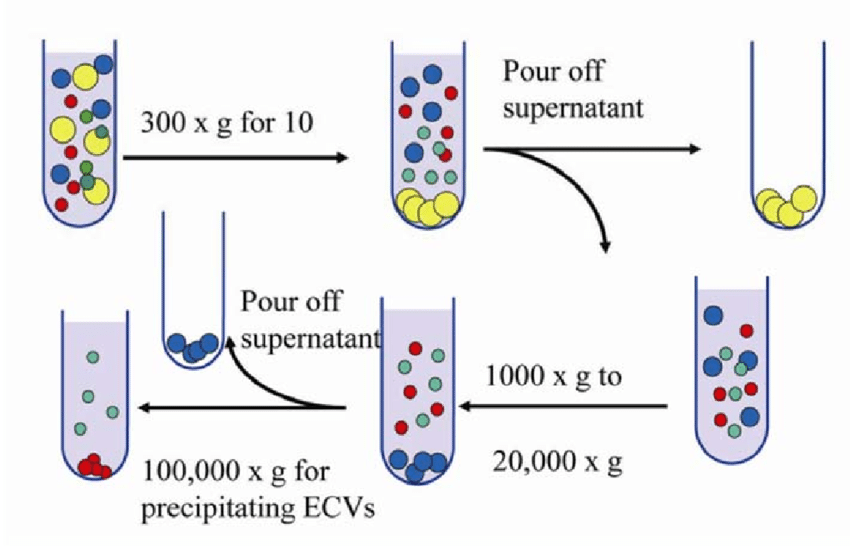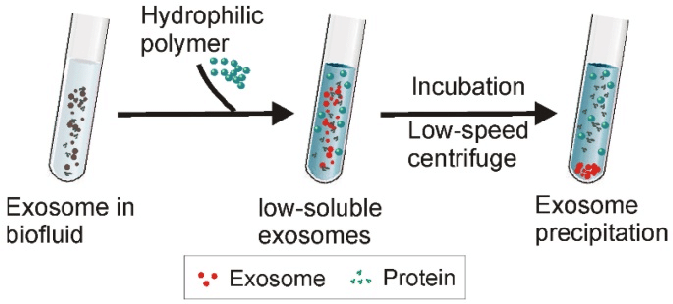Introduction
Efficient isolation techniques are crucial in biological research for studying specific components from complex biological samples. One important component is small extracellular vesicles, which play a significant role in intercellular communication and have potential in diagnostics and therapeutics.
Traditional Isolation Methods
Ultracentrifugation
Traditional methods like ultracentrifugation are effective but are often labor-intensive and time-consuming. Ultracentrifugation uses high-speed centrifugal force to separate vesicles based on their size and density.
Advanced Isolation Techniques
Polymer-Based Precipitation
Newer techniques offer greater efficiency and ease of use. For example, polymer-based solutions enable the rapid and selective precipitation of these vesicles from biological fluids. This method allows for simple separation through a centrifugation step.
Size Exclusion Chromatography (SEC)
Size exclusion chromatography (SEC) is another advanced method that separates particles based on size. This technique is useful for isolating small vesicles from larger cellular debris and other contaminants. SEC columns are designed to let smaller vesicles pass through while retaining larger particles, resulting in a highly purified product.
Immunoaffinity-Based Methods
Immunoaffinity-based methods use antibodies specific to surface markers on the vesicles. This technique allows for the isolation of particular subtypes of vesicles, providing a highly specific and pure sample. This specificity is essential for studies on different vesicle subpopulations and their roles in disease mechanisms.
Exosome Isolation Reagent
Exosomes are small vesicles (30–120 nm) containing RNA and protein that are secreted by various types of cells in culture, and found in abundance in body fluids including blood, saliva, urine, and breast milk. Exosomes are thought to function as intercellular messengers, delivering their cargo of effector or signaling macromolecules between specific cells, however, their formation, the makeup of the cargo, and biological pathways in which they are involved remain incompletely understood. The biological study of exosome function and trafficking requires the isolation of intact exosomes, but the current methods used are tedious, non-specific, and difficult.
T-Pro Total Exosome Isolation reagent (from cell culture media) contains reagents sufficient for processing 200~1000 mL of cell culture media.
T-Pro Total Exosome Isolation reagent (from serum) contains reagents sufficient for processing 25-125 mL of serum.
Applications in Research
These advanced isolation techniques enable researchers to study the molecular content and functional properties of these vesicles more effectively. They are applied in various fields, including cancer research and neurodegenerative diseases, where understanding cell-to-cell communication can lead to improvements in diagnosis and treatment.
Conclusion
The development of new isolation techniques for small extracellular vesicles reflects a trend in biological research towards more precise and efficient methods. These advancements enhance our ability to study these important components, aiding in the exploration of their potential as biomarkers and therapeutic agents, and improving our understanding of health and disease.

